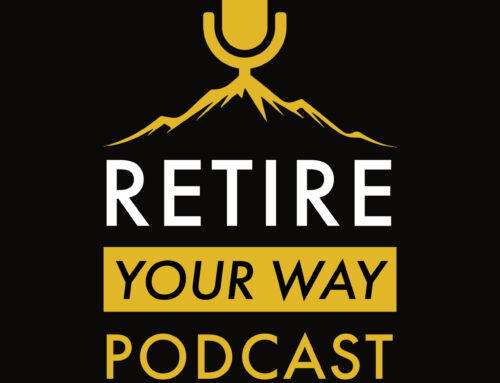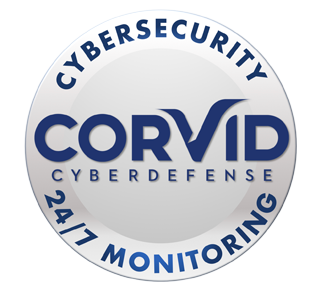Article originally posted by CNBC
Written by Sarah O’Brien
 If you get your health insurance through the public marketplace and are nearing age 65, don’t forget about Medicare.
If you get your health insurance through the public marketplace and are nearing age 65, don’t forget about Medicare.
The general rule is that you must enroll when you reach that age unless you have qualifying coverage elsewhere — and plans through the exchanges (whether federal or state) do not count.
“You need to be prepared to make that change,” said Karen Pollitz, a senior fellow with the Kaiser Family Foundation. “Otherwise you can face [costs] for being late to enroll in Medicare and for being late getting out of the marketplace.”
Of the 12 million or so people who have health insurance coverage through the marketplace, roughly 3.4 million are ages 55 to 64 — meaning some of them are approaching Medicare eligibility and will need to sign up.
“If you were getting a subsidy on the marketplace plan … Uncle Sam can bill you for all the subsidy dollars you’ve received since turning 65 and not leaving that plan,” said Danielle Roberts, co-founder of insurance firm Boomer Benefits.
Individuals who are already receiving Social Security payments — i.e., they started those benefits before their full retirement age as defined by the government — generally will be automatically enrolled in Medicare but will still need to cancel their coverage through the marketplace, Pollitz said.
Your initial Medicare enrollment period starts three months before the month of your 65th birthday and ends three months after it (seven months total).
While most people pay no premium for Part A (hospital coverage), that’s not the case for Part B (outpatient care). For 2021, that standard amount is $148.50 monthly, although higher earners pay more.
In addition to Parts A and B — also called original Medicare — there is Part D, which provides prescription drug coverage. It, too, comes with extra monthly charges for beneficiaries with higher income (see charts).
Click here to read the rest of this article on CNBC.com.



















 Megan Jones joined the ILG Financial team in 2020 as marketing director. Megan and her husband live in Fredericksburg, VA with their German Short Haired Pointer, Gus. Megan is a graduate of Longwood University and holds a degree in communications. Megan is the oldest of Dave Lopez’s three children and not only enjoys working alongside her father, but also with her cousin, Chase, who joined the ILG Financial team in 2020 as an advisor. Megan is also a fully licensed Life, Health, and Annuity agent. When not at work, Megan enjoys sitting on the back porch with family and friends enjoying food and music.
Megan Jones joined the ILG Financial team in 2020 as marketing director. Megan and her husband live in Fredericksburg, VA with their German Short Haired Pointer, Gus. Megan is a graduate of Longwood University and holds a degree in communications. Megan is the oldest of Dave Lopez’s three children and not only enjoys working alongside her father, but also with her cousin, Chase, who joined the ILG Financial team in 2020 as an advisor. Megan is also a fully licensed Life, Health, and Annuity agent. When not at work, Megan enjoys sitting on the back porch with family and friends enjoying food and music. Chase Lopez joined the ILG Financial team in 2020 as an advisor. Chase is a 2016 James Madison University graduate with a degree in management. Chase has been trained under the tutelage of Dave Lopez, who is not only the founder and managing member of ILG Financial, but also is Chase’s uncle and godfather. He also enjoys working alongside his cousin, Megan, who is Dave’s daughter.
Chase Lopez joined the ILG Financial team in 2020 as an advisor. Chase is a 2016 James Madison University graduate with a degree in management. Chase has been trained under the tutelage of Dave Lopez, who is not only the founder and managing member of ILG Financial, but also is Chase’s uncle and godfather. He also enjoys working alongside his cousin, Megan, who is Dave’s daughter. Amy Anderson joined the ILG Financial team in 2023 as the client relations coordinator. Her responsibilities include scheduling of appointments, annual check-up notifications, and annuity and required minimum distribution assistance. She is a graduate of Harding University with a degree in Computer Information Systems. Amy and her husband have two children and she enjoys reading, crocheting, music and spending time with her family.
Amy Anderson joined the ILG Financial team in 2023 as the client relations coordinator. Her responsibilities include scheduling of appointments, annual check-up notifications, and annuity and required minimum distribution assistance. She is a graduate of Harding University with a degree in Computer Information Systems. Amy and her husband have two children and she enjoys reading, crocheting, music and spending time with her family. Jessica Carson joined the ILG Financial team in 2018 as an agent. Jessica and her husband have four children, two dogs, 3 barn cats, 5 chickens, and three parakeets. She indeed loves her children and pets! When not at work, Jessica enjoys playing the piano and cello as well as traveling and spending time outside with her family, hiking, fishing, and boating.
Jessica Carson joined the ILG Financial team in 2018 as an agent. Jessica and her husband have four children, two dogs, 3 barn cats, 5 chickens, and three parakeets. She indeed loves her children and pets! When not at work, Jessica enjoys playing the piano and cello as well as traveling and spending time outside with her family, hiking, fishing, and boating. Terri Center joined the ILG Financial team in 2019 as client services manager. She handles client records, application processing, and gathering information to provide a professional and friendly experience with all of our clients. Terri is a graduate of Oakland University. She is married and has two children. She enjoys hiking, family time, and puzzle challenging video games. She also likes to share her creativity in her canvas paintings and sewing projects.
Terri Center joined the ILG Financial team in 2019 as client services manager. She handles client records, application processing, and gathering information to provide a professional and friendly experience with all of our clients. Terri is a graduate of Oakland University. She is married and has two children. She enjoys hiking, family time, and puzzle challenging video games. She also likes to share her creativity in her canvas paintings and sewing projects.